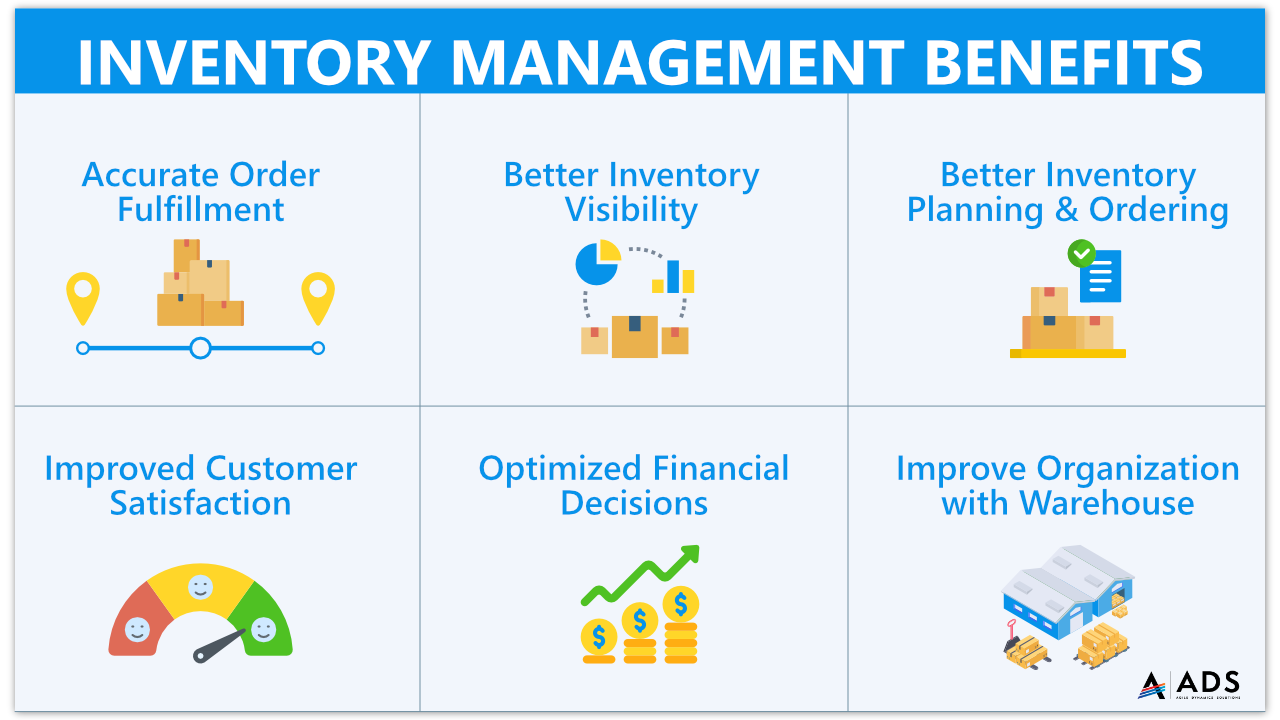Maximizing Profits through Strategic Inventory Management
In today’s competitive business landscape, companies are constantly looking for ways to increase profitability and gain a competitive edge. One often overlooked but crucial aspect of achieving this goal is strategic inventory management. By aligning inventory management with financial planning, companies can optimize their operations, reduce costs, and ultimately maximize profits.
Effective inventory management involves much more than just keeping track of stock levels. It requires a holistic approach that takes into account factors such as demand forecasting, lead times, carrying costs, and order quantities. By understanding these factors and implementing a strategic plan, companies can ensure that they have the right amount of inventory on hand at all times – not too much, and not too little.
One key component of strategic inventory management is demand forecasting. By accurately predicting customer demand, companies can avoid stockouts and overstock situations, which can lead to lost sales and wasted resources. By leveraging data analytics and market trends, companies can make informed decisions about how much inventory to keep on hand and when to reorder.
Another important aspect of strategic inventory management is managing lead times effectively. By working closely with suppliers and optimizing shipping and delivery processes, companies can reduce lead times and improve order fulfillment times. This not only enhances customer satisfaction but also reduces carrying costs associated with excess inventory.

Image Source: adynamics.com.my
Carrying costs, or the costs associated with holding inventory, can eat into a company’s profits if not managed properly. By aligning inventory management with financial planning, companies can identify opportunities to reduce carrying costs through better storage practices, inventory turnover optimization, and just-in-time inventory management.
Order quantities also play a significant role in inventory management. By leveraging economic order quantity (EOQ) models and reorder point analysis, companies can determine the optimal order quantities to minimize costs and maximize profits. By ordering in bulk when it makes sense and consolidating orders to reduce shipping costs, companies can achieve significant savings over time.
By aligning inventory management with financial planning, companies can achieve a variety of benefits that directly contribute to increased profitability. By optimizing inventory levels, companies can reduce stockouts and lost sales, improve cash flow by reducing carrying costs, and enhance operational efficiency by streamlining order fulfillment processes.
In conclusion, strategic inventory management is a critical component of a company’s overall financial strategy. By aligning inventory management with financial planning, companies can optimize their operations, reduce costs, and ultimately maximize profits. By focusing on demand forecasting, lead times, carrying costs, and order quantities, companies can ensure that they have the right amount of inventory on hand at all times and achieve sustainable growth in an increasingly competitive market.
The Key to Financial Success: Aligning Inventory with Planning
In the world of business, success often hinges on effective inventory management. And when it comes to maximizing profitability, aligning inventory management with financial planning is crucial. By ensuring that your inventory levels are in sync with your financial goals, you can improve efficiency, reduce costs, and ultimately increase your bottom line.
One of the key benefits of aligning inventory with financial planning is improved cash flow. By accurately forecasting demand and adjusting inventory levels accordingly, you can prevent overstocking or stockouts that can tie up valuable capital. This allows you to free up cash for other strategic investments, such as marketing campaigns or new product development.
Additionally, by aligning inventory with financial planning, you can minimize the risk of obsolescence. By keeping a close eye on market trends and demand patterns, you can adjust your inventory levels to ensure that you are carrying the right mix of products. This can help you avoid costly write-offs and markdowns, preserving your profit margins and protecting your bottom line.
Another key benefit of aligning inventory with financial planning is improved accuracy in financial forecasting. By having a clear understanding of your inventory levels and how they impact your financial performance, you can make more informed decisions about pricing, promotions, and inventory investments. This can help you identify opportunities for growth and optimize your revenue streams.
Furthermore, aligning inventory with financial planning can help you streamline your operations and improve efficiency. By having a clear roadmap for inventory management that is aligned with your financial goals, you can reduce waste, minimize stockouts, and eliminate excess inventory. This can lead to cost savings and increased productivity, ultimately boosting your profitability.
To successfully align inventory with financial planning, it is important to establish clear communication and collaboration between your inventory management team and your finance department. By sharing data, insights, and goals, you can ensure that your inventory levels are optimized to support your financial objectives. This can help you avoid costly mistakes and missed opportunities, and drive sustainable growth for your business.
In conclusion, aligning inventory management with financial planning is essential for maximizing profitability and achieving financial success. By ensuring that your inventory levels are in sync with your financial goals, you can improve cash flow, minimize risk, enhance accuracy in financial forecasting, streamline operations, and drive growth. So take the time to align your inventory with your financial planning, and watch your profits soar.
Integrating Inventory Management with Financial Planning